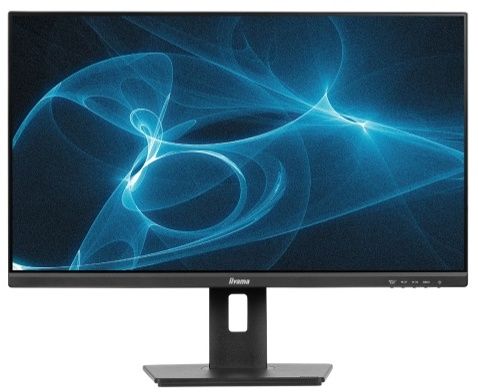The overclocking race is on as Tony Yu, General Manager of Asus China, reviewed the RTX 5090D in depth and gave us our first glimpse of its overclocking potential. Under liquid nitrogen and a handful of board modifications, the RTX 5090D successfully dethrone several top configurations across the 3DMark suite. Yu also captured beautiful die-shots of Samsung's 30 Gbps GDDR7 ICs and the GB202 chip powering the RTX 5090D, revealing the underlying Blackwell architecture.
The China-exclusive RTX 5090D has on-paper specifications similar to its global counterpart. However, Nvidia has imposed several artificial constraints to comply with US export restrictions and limit crypto-mining and AI performance at the driver level. As a result, the RTX 5090D is restricted to 2,375 AI TOPS (FP4), down from 3,352 on the base RTX 5090.
The test bench used for the overclock features the Asus ROG Astral RTX 5090D, coupled with the Ryzen 7 9800X3D on top of the Asus ROG X870E Hero motherboard alongside a DDR5-6000 CL30 memory kit from G.Skill. Tony began the overclock by physically modifying the board, likely a shunt mod, and coating the PCB with a protective layer against condensation.
Swipe to scroll horizontally
| RTX 5090D OC | 30,270 | 36,431 | 43,372 |
| RTX 5090D Stock | 26,398 | 33,554 | 37,263 |
| RTX 5090 | 26,234 | 33,054 | 36,626 |
| RTX 4090 | 19,661 | 25,225 | 26,730 |
| RTX 4090D | 17,263 | 22,497 | 22,390 |
| RTX 4080 Super | 13,866 | 17,667 | 18,129 |
After mounting and filling the liquid nitrogen pot, the RTX 5090D clocked in at an impressive 3.4 GHz with a memory speed of 34 Gbps (17 GHz). This overclock allowed the RTX 5090D to breach 3DMark's Hall of Fame rankings and break world records in benchmarks like Port Royal, Fire Strike Ultra, and Wild Life Extreme. Compared to stock, liquid nitrogen makes the RTX 5090D up to 16% faster than stock, though such extreme overclocking isn't practical for daily usage.
The RTX 5090D outperformed a pair of RTX 3090 Ti in the Port Royal benchmark and smashed a quad-configuration of GTX 1080 Ti in Fire Strike.
High-resolution captures of the GB202 chip allow us to visualize what a chip near the reticle-size limit looks like. For context, the GB202 die measures around 744mm2, the largest consumer GPU since the TU102 (Turing). Along with a 24% increase in the die size, the total package size of GB202, comprising the metallic frame and other components, is also larger than AD102 on the RTX 4090.
The shared die shots reveal intricate details of how Blackwell structures the RTX 5090's fundamental building blocks. Tony also put up a small Samsung GDDR7 module for comparison, 16 of which surround the RTX 5090's GB202 die. We can expect a wave of new overclocks and world records soon.

 1 day ago
5
1 day ago
5








 English (US) ·
English (US) ·